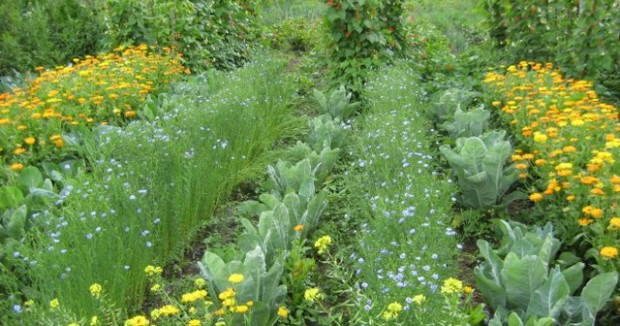Wesprzyj EKOCENTRUM
Działamy w imieniu wszystkich, którym zależy aby w Polska zachowała bogatą różnorodność biologiczną. Prowadzimy kampanię ponieważ zależy nam zależy zarówno na pięknym różnorodnym krajobrazie Polski jak i dobrej jakości żywności, Prosimy o wsparcie promocyjne: Jeżeli masz swój blog lub administrujesz serwisem internetowym dodaj link do naszej strony www.eko-cel.pl Dodaj do stopki Twojego e-maila tekst: EKOCENTRUM […]
Warsztaty z biobudownictwa w EKOCENTRUM ICPPC – wideo
Krótki film z warsztatów z biobudownictwa. Więcej na temat budowania z gliny i słomy znajdziesz TUTAJ
Film „W obronie polskiej wsi”
Zobacz film zrealizowany przez TV Bielsko-Biała:

